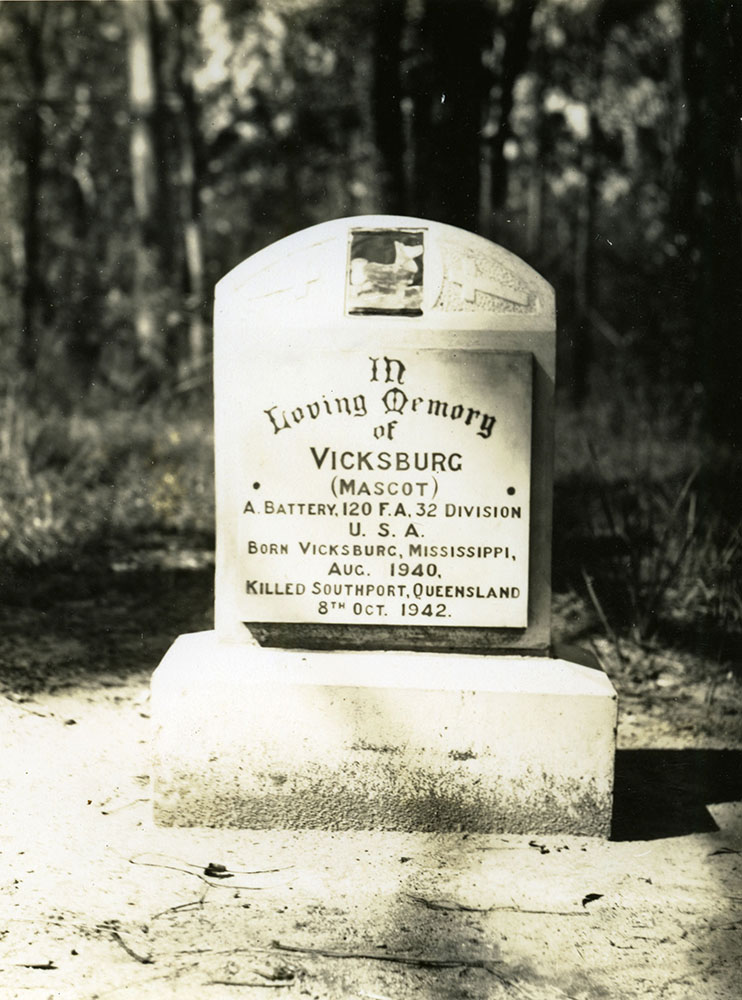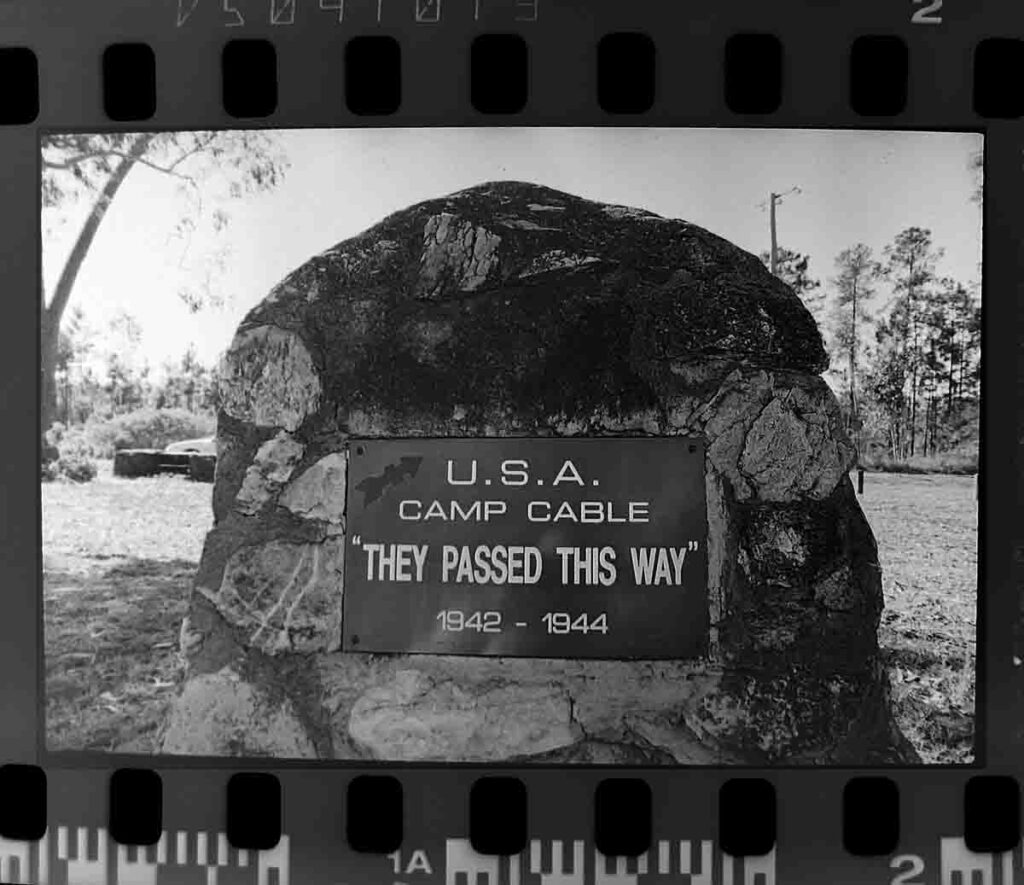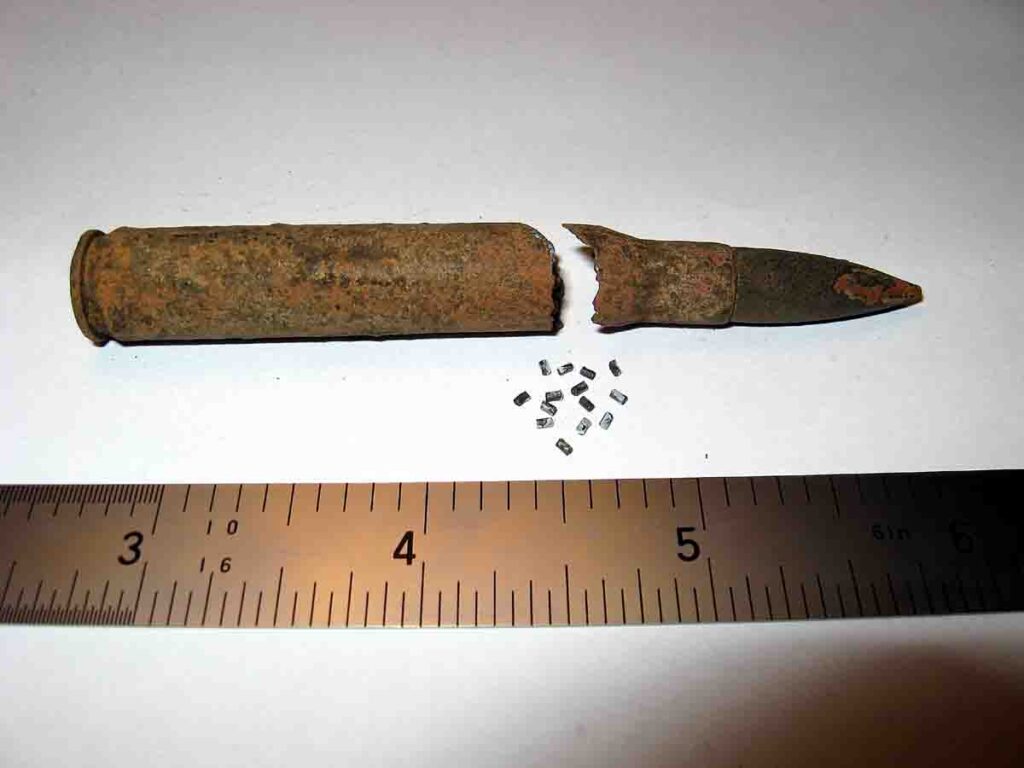

History of Yarrabilba, Logan Village & Surrounds – Part Eleven


1942 – Camp Tamborine (later Camp Cable) was the American army camp located south of the Logan Village township. A large military base known as Camp Cable was established just outside the township, housing tens of thousands of US and Australian military personnel until it was closed in 1945. The military base was located where Yarrabilba is now. The camp was renamed in honour of Sergeant Gerald O’Cable, one of the 32nd Infantry Division, or Red Arrow Brigade, who was killed during transport along the southern Australian coast when torpedoed by a Japanese submarine.
Constructed in 1942 for the United States Army Forces in Australia (USAFIA), initially for the 32nd Infantry Red Arrow Division (United States) preparing for the New Guinea campaign, the base was occupied by various units during the war. Part of the base was an area south of the Albert River for the 155th Station Hospital. Camp related entertainment was both local and from overseas. A picture theatre (movies) and tennis courts were built near the base headquarters.
Camp Cable became one of the largest US training and transit camps in Australia. The number and type of buildings requested fluctuated, but construction began in July and by mid-September 1942, when the work was 80-90 percent completed, the contractor’s building totals included 110 mess huts of several sizes, 99 bath houses, 217 latrines (toilets), 3 pump houses, 128 tank stands, 5 hospital wards, and 3 nurses’ quarters. Another 12 mess huts, 27 bath houses and 2 latrines were built by the US Army.
At this stage, mess flooring seems to have been either tamped ant bed or timber, with plaster covered bricks in the kitchens. Bathhouse floors were initially bricks grouted with cement mortar, although cement was later used. In addition to the above work, by 1 September 1942, ten curved truss (igloo) buildings had been built at Tamborine, plus four at Logan Village. The latter buildings were serviced by a new railway siding, were 29.3 x 31.6m with earth floors, and their foot prints could still be seen between the main road and the railway at Logan Village, south of Quinzeh Creek for many years until the removal of the railway and upgrading of the main road through Logan Village.
A railway branch line to Canungra, operating from 1915-1955, passed through the base where its traffic peaked during the war.
Timber-getting and slash pine plantation were the principal activities on the site of the former base after 1945.
A public park near the original main entrance of the base along Waterford-Tamborine Road included several memorials of remembrance. Three memorials were located at the intersection of Camp Cable Road and the Waterford-Tamborine Road intersection. One is to the 32nds mascot, a dog named Vicksburg (born in the city of that name in Mississippi), which was killed in a road accident at Southport (the old memorial claimed the accident was on 8 October 1942; a new memorial says 1944). Another is to Sergeant Robert Dannenberg, killed in action in December 1942.
The largest memorial is a stone carn that reads simply: ‘USA Camp Cable They Passed This Way, 1942-1944’. These memorials relating to the camp were relocated from its former entrance to the grounds of the Logan Village RSL in 2012.
The north end of the camp has since been subdivided and the remainder, utilised as a pine tree plantation since the 1960s, is also earmarked for development.
If you have ever driven from the main Beaudesert Road to Logan Village, along Camp Cable Road, many years ago, you must have wondered about the route’s winding, twisting nature. Its sharp bends and the closeness of trees to the roadway seem to be quite illogical. But there is a reason for them, and it goes back to the dark days of 1942, when the enemy was on Australia’s northern doorstep and air raids were a daily expectation in Queensland. A rough road linking Mount Tamborine with Beaudesert Road was upgraded and surfaced with bitumen and became the main supply route to the camp from the Brisbane port. The road, called Quinn Boulevard by the American troops and now known as Tamborine Road/Camp Cable Road, was purposely kept to its original winding route to afford truck convoys cover from the bush through which it wound. The Americans wanted to avoid having long, straight convoys of vehicles that would be easy bomb or strafing targets for expected Japanese aircraft.
In 2011 development began of the remaining land not previously subdivided for an urban precinct known as Yarrabilba.

Logan Village Museum’s previous curator, Bev Gill, has studied Camp Cable extensively and has written a book which is available at the Logan Village Museum: Green Pines, Red Arrows.
Written by Noeleen Bobermien (De Lange) and her 81 year old father, Graham Bobermien, from extracts of their recently published book, “A Journey through Logan Village”, which is available to purchase direct from the Author or from the Logan Village Museum. Email: noeleendl@gmail.com
By Noeleen Bobermien (Local Historian & Resident of Logan Village)
The unfolding story of the region continues in the next edition ..